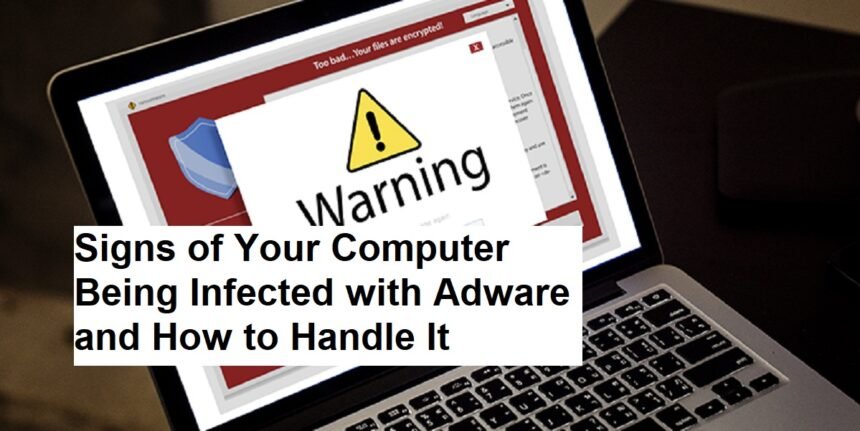Introduction
In the realm of cybersecurity, two of the most common and dangerous threats are malware and phishing. While both pose serious risks to individuals and organizations, they are fundamentally different in their nature, techniques, and objectives. Understanding these differences is crucial for effective prevention and response.
What is Malware?
Malware, short for malicious software, is any software intentionally designed to cause harm to a computer, server, or network. Malware encompasses a wide variety of malicious programs, including viruses, worms, ransomware, spyware, adware, and trojans. Its primary purpose is to infiltrate systems, damage or disrupt data, steal sensitive information, or gain unauthorized access.
How Malware Works:
Malware often spreads through infected email attachments, malicious websites, software downloads, or via infected external devices like USB drives. Once installed, malware can perform various malicious activities: encrypting files (ransomware), logging keystrokes (spyware), or corrupting data (viruses).
Goals of Malware:
- Stealing personal or financial information
- Locking or encrypting files for ransom
- Disabling or damaging systems
- Creating backdoors for future access
What is Phishing?
Phishing, on the other hand, is a social engineering attack aimed at deceiving victims into revealing sensitive information. Instead of directly installing malicious software, phishing tricks users into taking actions that grant attackers access to their accounts or data. The most common vehicles for phishing are deceptive emails, messages, or calls.
How Phishing Works:
Attackers craft convincing messages that appear to come from trusted sources—such as banks, colleagues, or official agencies—and often create a sense of urgency. Victims are prompted to click malicious links, download infected attachments, or supply personal info on fake websites that mimic legitimate ones.
Goals of Phishing:
- Credential theft (usernames, passwords)
- Financial scams
- Installing malware (via links or attachments)
- Gaining unauthorized access to systems
How They Often Work Together
Often, phishing and malware are used in tandem. For instance, a phishing attack may lure a user into clicking a link that downloads malicious malware onto their system—a technique called “spear phishing with malware payload.” This combination amplifies the attack’s effectiveness, making awareness and layered defenses critical.
Protecting Yourself Against Both Threats
- Use security software: Install and regularly update antivirus and anti-malware programs.
- Be cautious with links and attachments: Never click on suspicious links or open unknown attachments.
- Verify sources: Confirm email senders and caller identities before sharing sensitive data.
- Update software: Keep operating systems and applications patch-updated to close vulnerabilities.
- Educate yourself: Learn about common phishing tactics and malicious activities.
- Enable multi-factor authentication: Adds additional security for online accounts.
Conclusion
While malware and phishing are both dangerous cybersecurity threats, they differ significantly in their approach and objectives. Malware directly infects and damages systems, often silently, while phishing uses deception to manipulate users into revealing confidential data or installing malware. Recognizing these differences and implementing proper security measures can greatly enhance your defenses against these evolving threats.
Stay vigilant, practice good cybersecurity habits, and always verify before you trust — that’s the best defense in today’s digital landscape.












